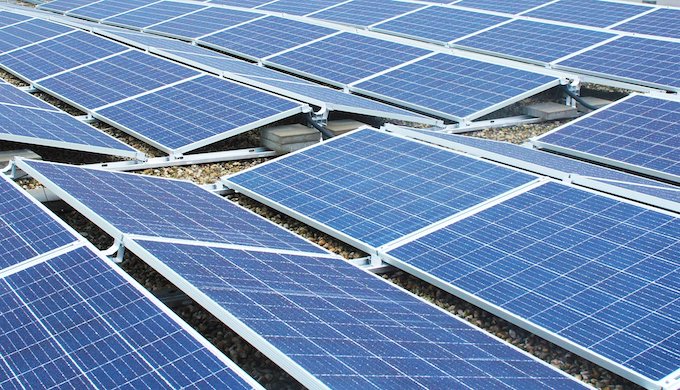Solar power, which has now become the cheapest source of electricity, is expected to drive the global energy transformation away from fossil fuels

Solar power is the main driver of growth in global energy production (Photo by Pixabay)
Share of renewable sources of power is expected to overtake coal-fired electricity by 2025, the International Energy Agency said in its annual report on global trends, at a time when governments are looking to reduce greenhouse gas emissions.
Although hydropower continues to be the largest source of non fossil fuel energy, solar power is catching up fast as cost of manufacturing and installing solar panels has declined dramatically in recent years, the Paris-based organisation said in its World Energy Outlook 2020. Wind power is the second-largest driver of the transition.
“I see solar becoming the new king of the world’s electricity markets,” Fatih Birol, IEA’s executive director, said in a statement. “Based on today’s policy settings, it is on track to set new records for deployment every year after 2022.”
Solar photovoltaics are now cheaper in most countries than plants producing electricity by coal and natural gas. The low cost of solar power, combined with policy action to cut emissions, is increasingly pushing coal off the energy mix, the IEA said.
Renewables will capture 80% of the market for new power generation by 2030, the report estimated, basing its prediction on the so-called Stated Policies Scenario, which looked at announced policy intentions and targets, and assumed that by early 2023 global energy demand will rebound to levels seen before the Covid-19 pandemic .
“Coal demand does not return to pre-crisis levels in the Stated Policies Scenario, with its share in the 2040 energy mix falling below 20% for the first time since the Industrial Revolution,” IEA’s report said.
By 2025, as much as 275 GW of coal-fired capacity will be shut, mainly in Europe and the United States. Increases in coal demand in developing economies in Asia will be much lower than predicted in previous editions of the report.
Fall of coal
Coal’s share in global power supply could fall to 28% in 2030 from 37% in 2019. The slump can be steeper if governments start taking more action to decarbonise economies.
Due to the disruption forced by the pandemic, global energy demand is set to drop by 5% in 2020, energy-related carbon dioxide emissions by 7% and energy investment by 18%, IEA said. Power generation from renewables is the only major source of energy that shows growth in 2020.
Before the Covid-19 crisis, energy demand was projected to grow by 12% between 2019 and 2030. Under the Stated Policy Scenario, IEA has now revised the growth over this period to 9% and estimates an even lower 4% if economic recovery is delayed.
“With demand in advanced economies on a declining trend, all of the increase comes from emerging market and developing economies, led by India,” the report said.
Investment in power grids
The trend away from fossil fuels will require heavy investment in power grids, which need to be upgraded to absorb variable supply from solar parks and wind farms. For a smooth energy transition, as much as USD 460 million will need to be invested by 2030.
“Electricity grids could prove to be the weak link in the transformation of the power sector, with implications for the reliability and security of electricity supply,” the IEA report said. “The financial health of many utilities, especially in developing economies, has worsened as a result of the crisis.”
The report found that there is a disparity in many countries between the spending required for smart, digital and flexible electricity networks and the revenues available to grid operators, which creates an investment risk under today’s regulatory structures.
Storage plays an increasingly vital role in ensuring the flexible operation of power systems, the IEA’s report said, with India becoming the largest market for utility-scale battery storage.
The world is heading towards average global temperatures that are higher than the Paris Agreement’s ambitious target of 1.5 degrees Celsius, the authoritative body of energy analysts said, unless more stringent efforts are made to rein in emissions.
By 2030, 75% of global electricity must come from low-carbon sources, up from 40% in 2019, the agency recommended.
“Only faster structural changes to the way we produce and consume energy can break the emissions trend for good,” Birol said. “Governments have the capacity and the responsibility to take decisive actions to accelerate clean energy transitions and put the world on a path to reaching our climate goals, including net-zero emissions.”

Trackbacks/Pingbacks